Phonemes and graphemes. Digraphs and trigraphs.
It wasn’t like this when we were at school!
How many times have you heard a parent utter that fateful sentence? Perhaps you’ve (secretly) uttered it yourself.
Phonics terms can feel overwhelming, especially for new parents who weren’t exposed to phonics when they were at school themselves, so communicating them clearly at the start of a child’s phonics journey is crucial.
If, as a primary school teacher, you’ve found yourself struggling to explain the concepts to parents, here’s a primer you can cut and paste to use in your own hand-outs.
Phonemes explained
A phoneme is the smallest unit of sound in speech, or the sound that we hear when words are segmented (sounded out). For example, in the word “sat” there are three phonemes – s – a – t and in the word “light” there are also 3 phonemes – l – igh – t.
Simply put, phonemes are the sounds that we hear when words are sounded out.
A great way to introduce the hearing of phonemes is simply to expose children to lots of new words. Together, you can segment (sound out) those words. Gradually the children will comprehend the phonemes and be able to recognise them for themselves.
Here’s one way of doing it: Make a range of picture cards. Each card shows a word containing phonemes the children are currently learning alongside a picture that describes that word. Allow them to name the picture and then model how to sound out the word. So for example, one card could show the image of a pin, with the word “pin” beneath it. p – i – n can then be sounded out clearly to show them how many sounds (phonemes) are in the word.
This builds children’s phonological awareness and forms a vital stepping-stone for phonics, where the relationship between sounds and written symbols is explored.
Graphemes explained
A grapheme is a symbol or the written representation of the sound or phoneme, so the written letter or letters which make the sounds. This can be made up of single letters like in “cat” (c – a – t) or a group of letters like the igh phoneme in light.
As children move swiftly on through their phonics journey they will begin to learn digraphs and trigraphs. These are the graphemes (written symbols) for phonemes (sounds) where there are groups of letters making one sound.
A digraph is when two letters make one sound, such as the th in “thin” or the ng in “ring”.
A trigraph is three letters making one sound, such as the igh in “light” or the ear in “hear”.
Classroom resources for phonics
A range of example phonemes and graphemes are clearly depicted on our range of phonics signs and posters. These are perfect for helping to consolidate children’s new phonic knowledge within the classroom. They can be used as permanent wall displays or as table resources for children to access independently.
The designs are split up into graphemes suitable for each of the standard phases of the phonics learning journey…
Posters
Signs
Phonics as part of learning
Sometimes we can feel that this new technical style language can be ‘too much’ for little children to take in at a time when they are already having to remember so many new pieces of information. However, to young children it is just another part of school life. Most enjoy using this language and sharing it at home. If introduced at the start of teaching phonics it simply becomes part of the conversation surrounding their learning.
In fact, it’s usually the parents who have more trouble integrating the ‘new’ terminology into everyday life!
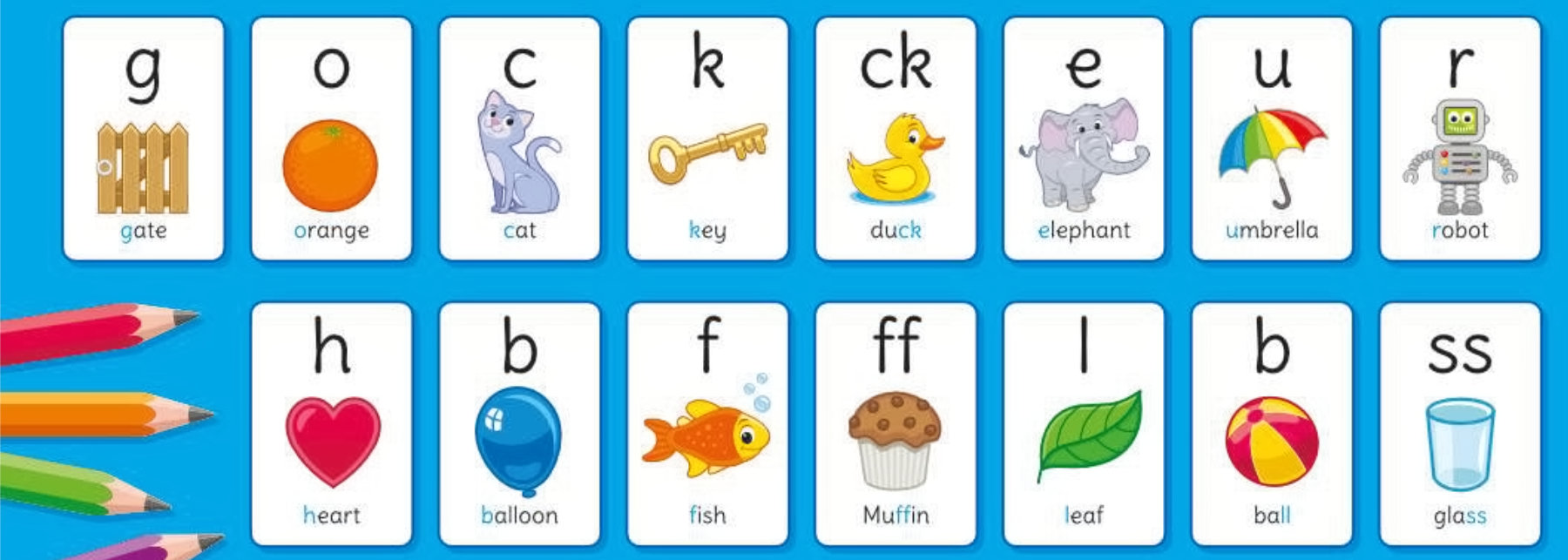
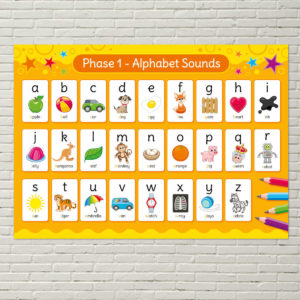
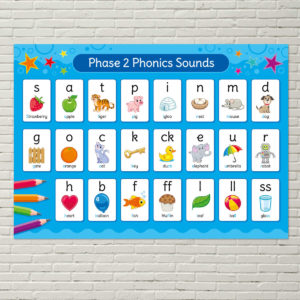
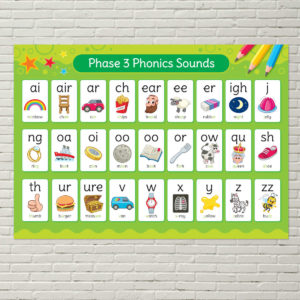
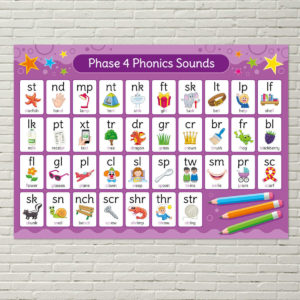
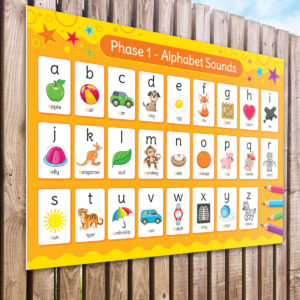
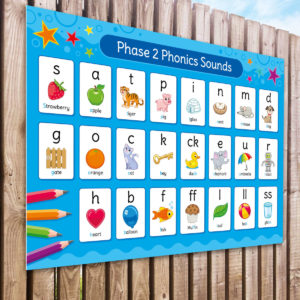
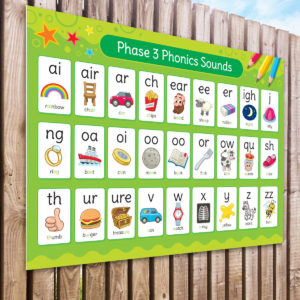
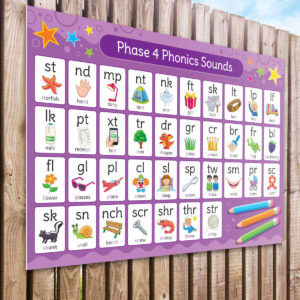
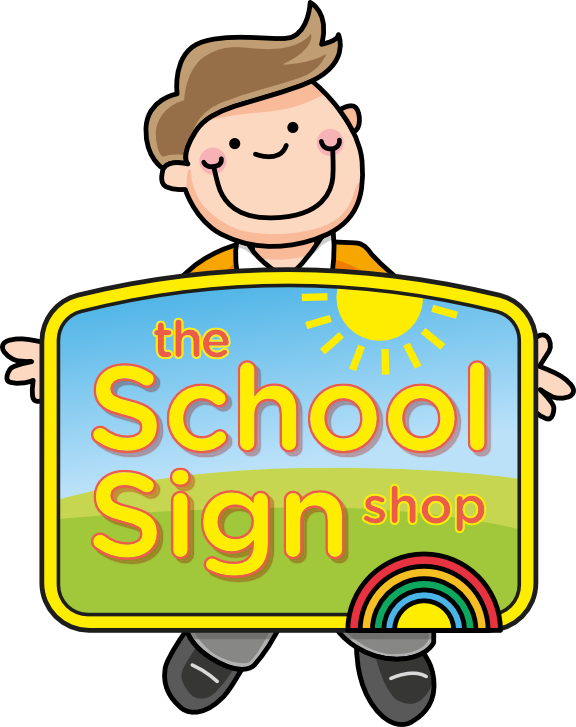
Leave a Reply